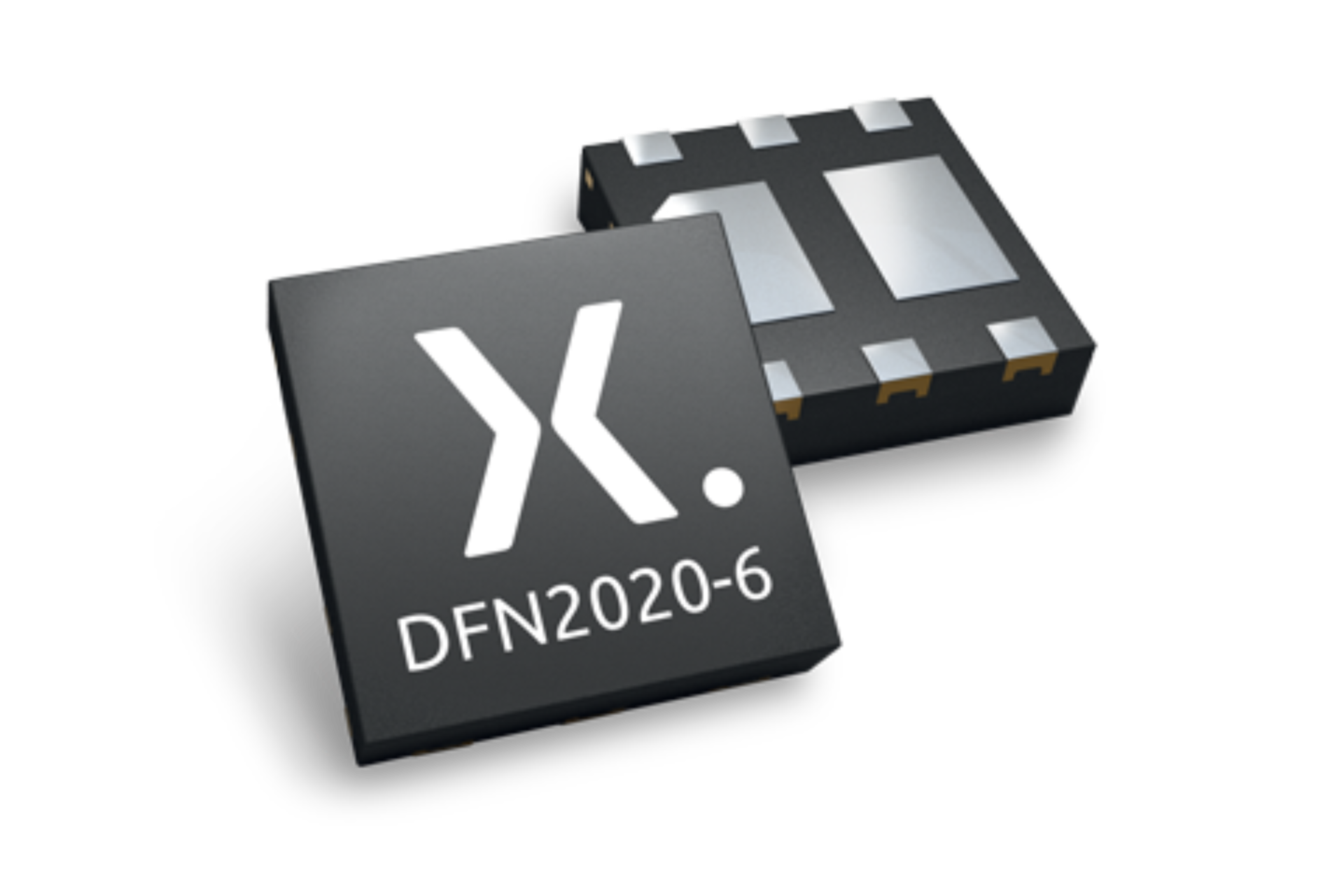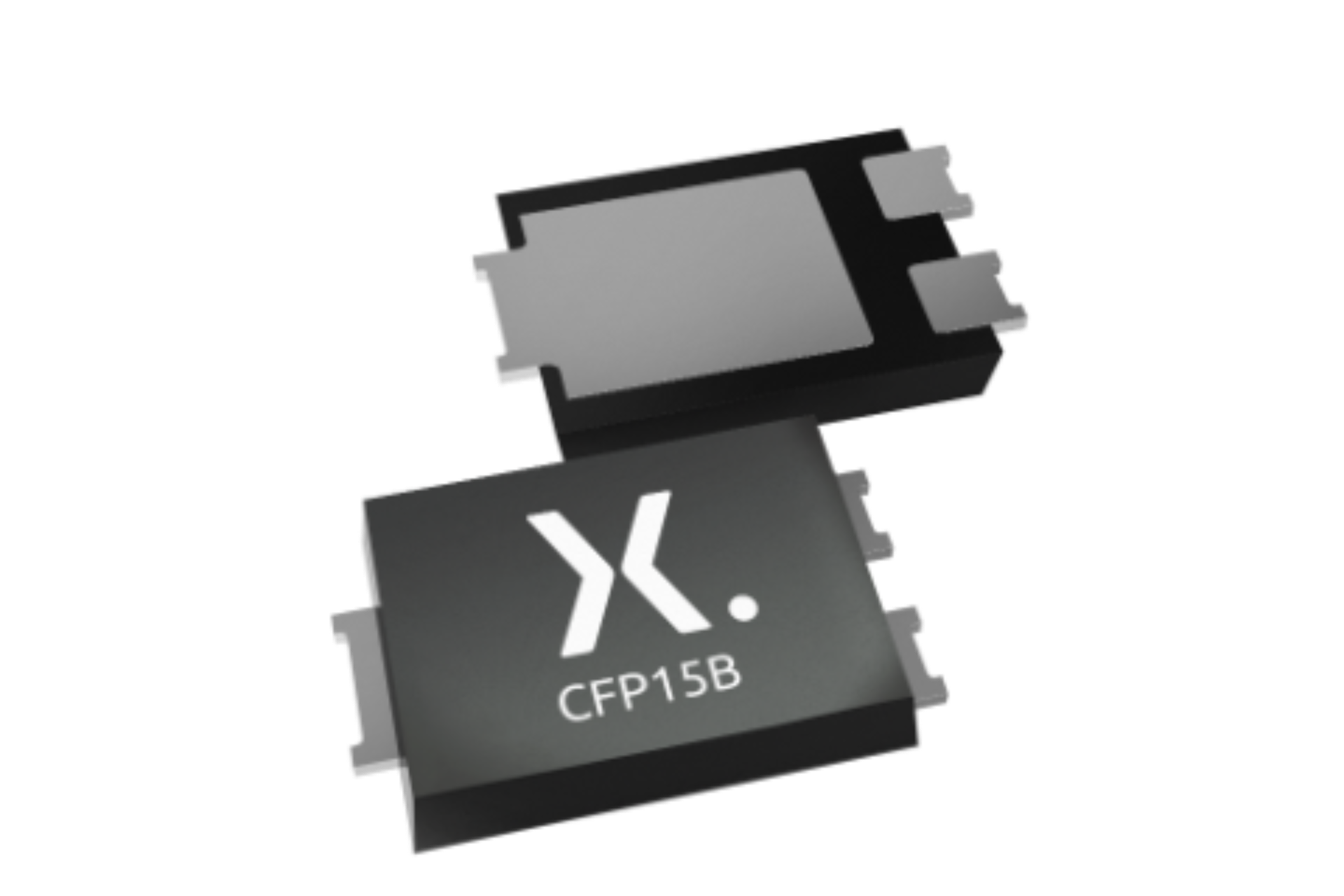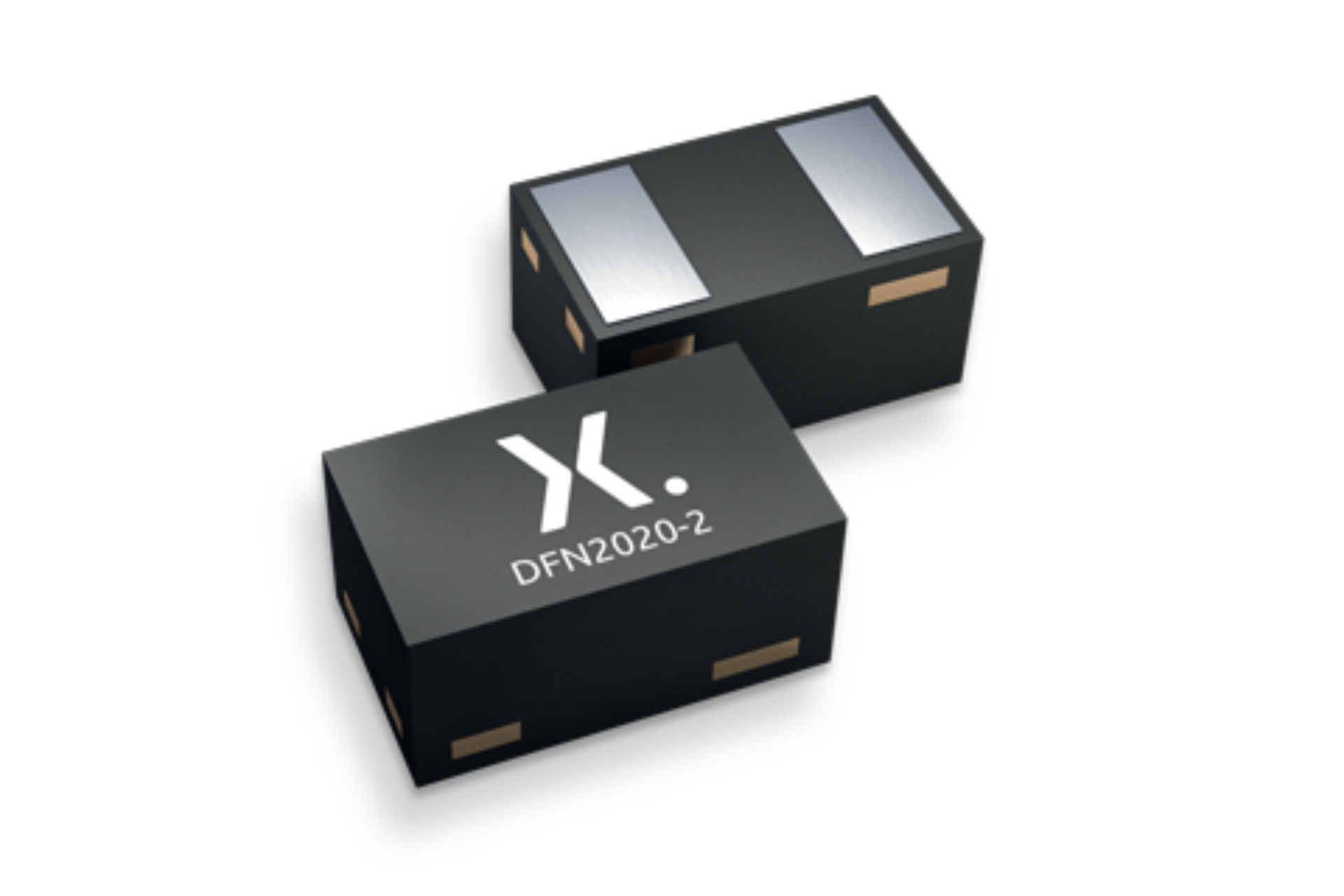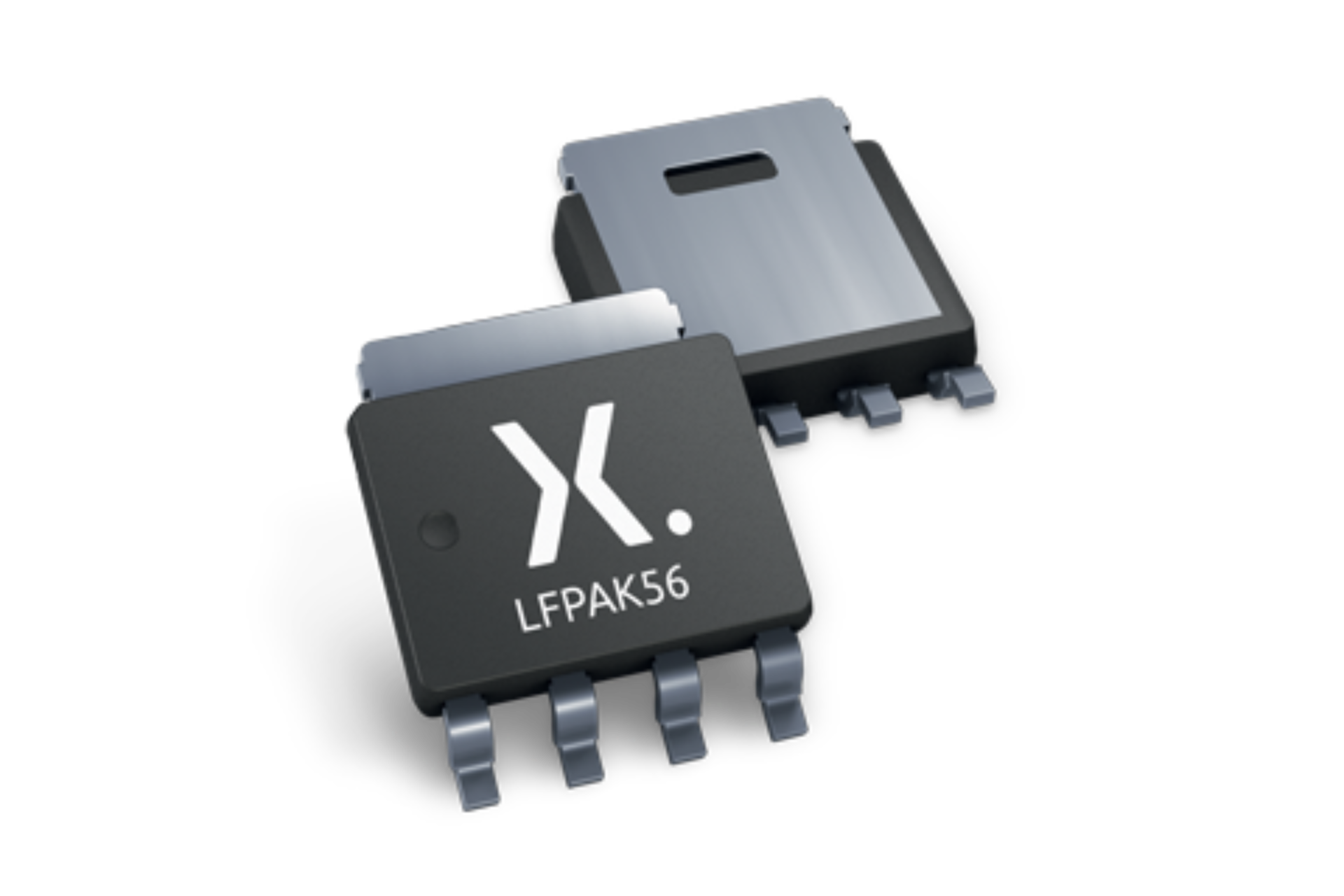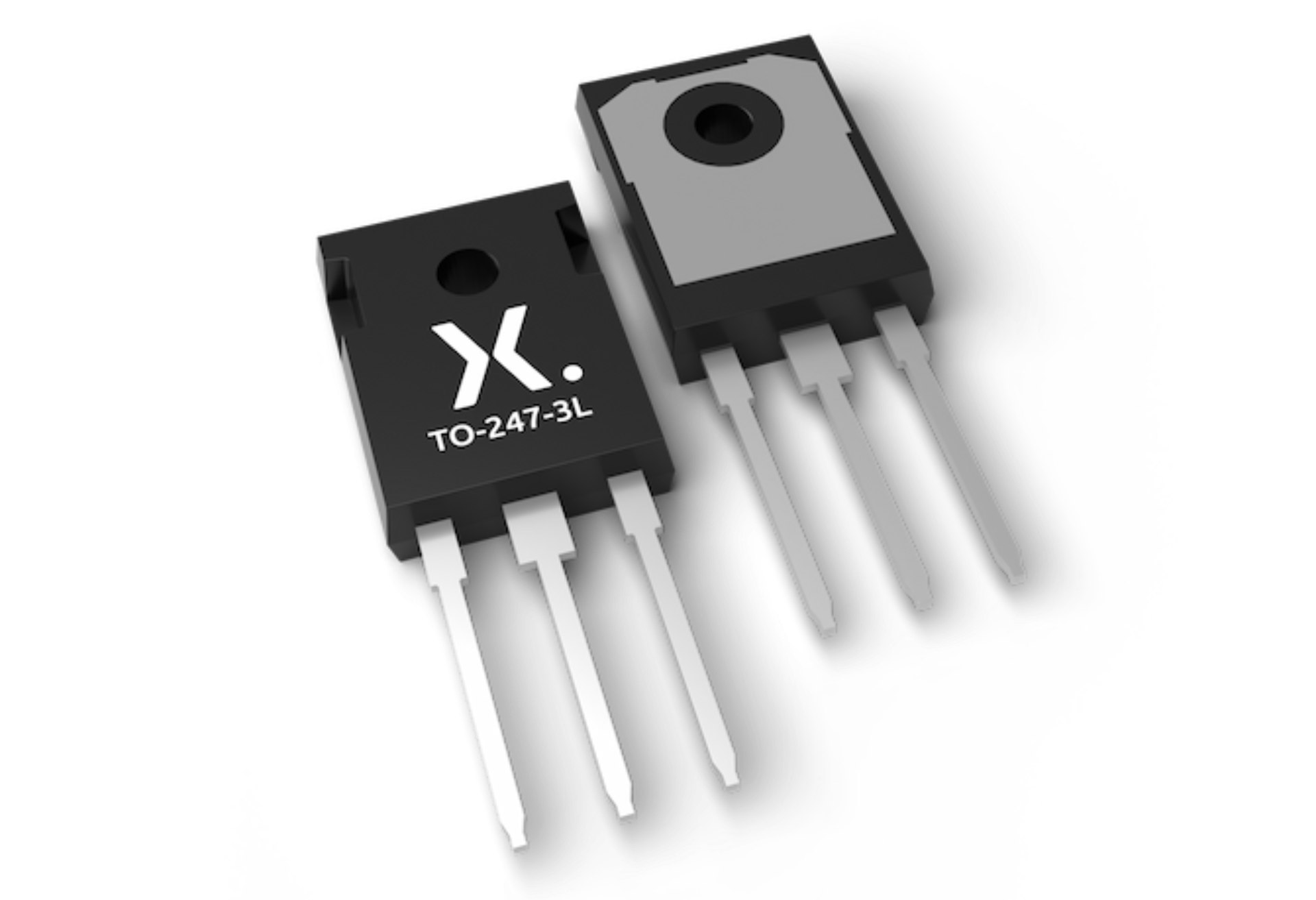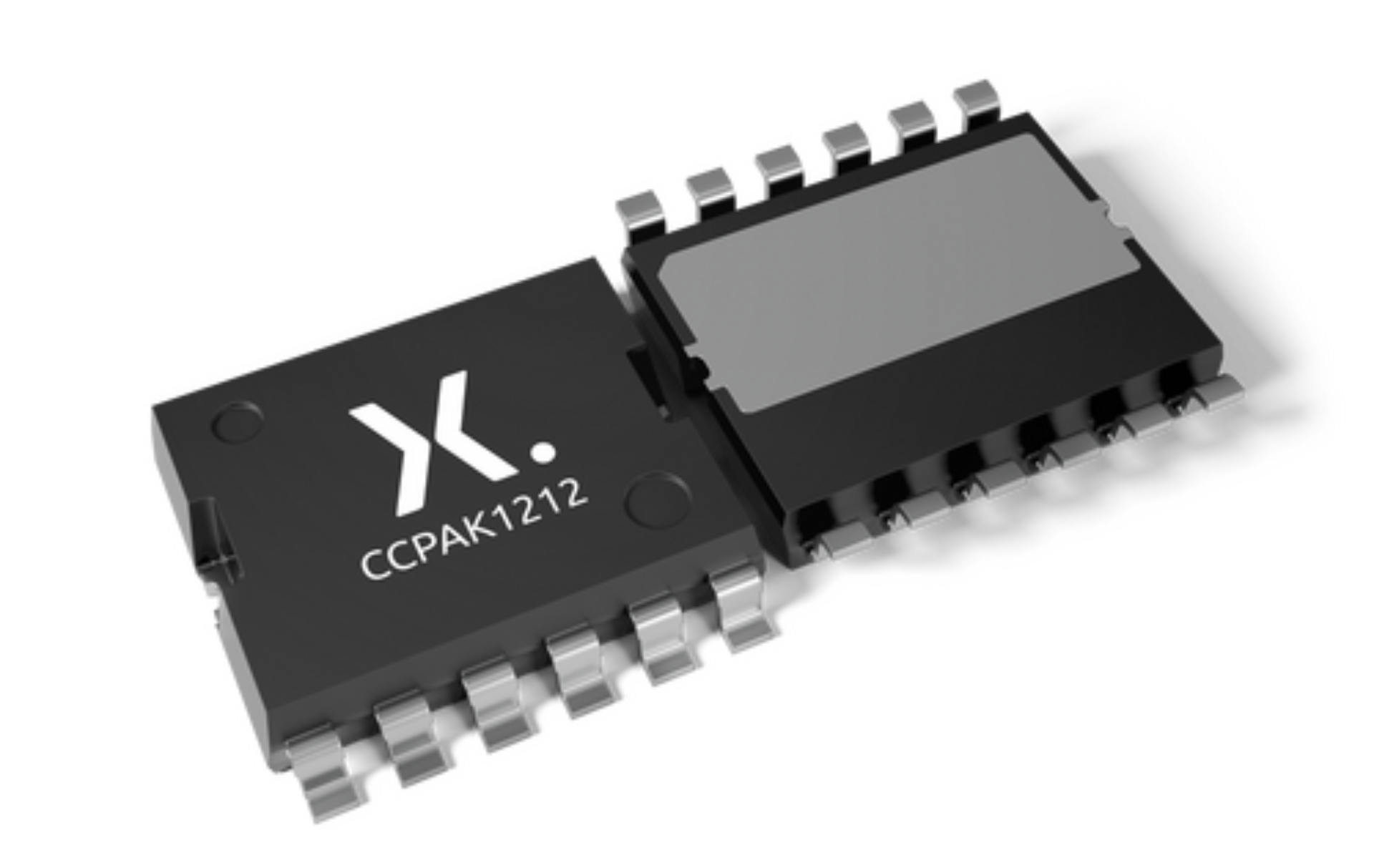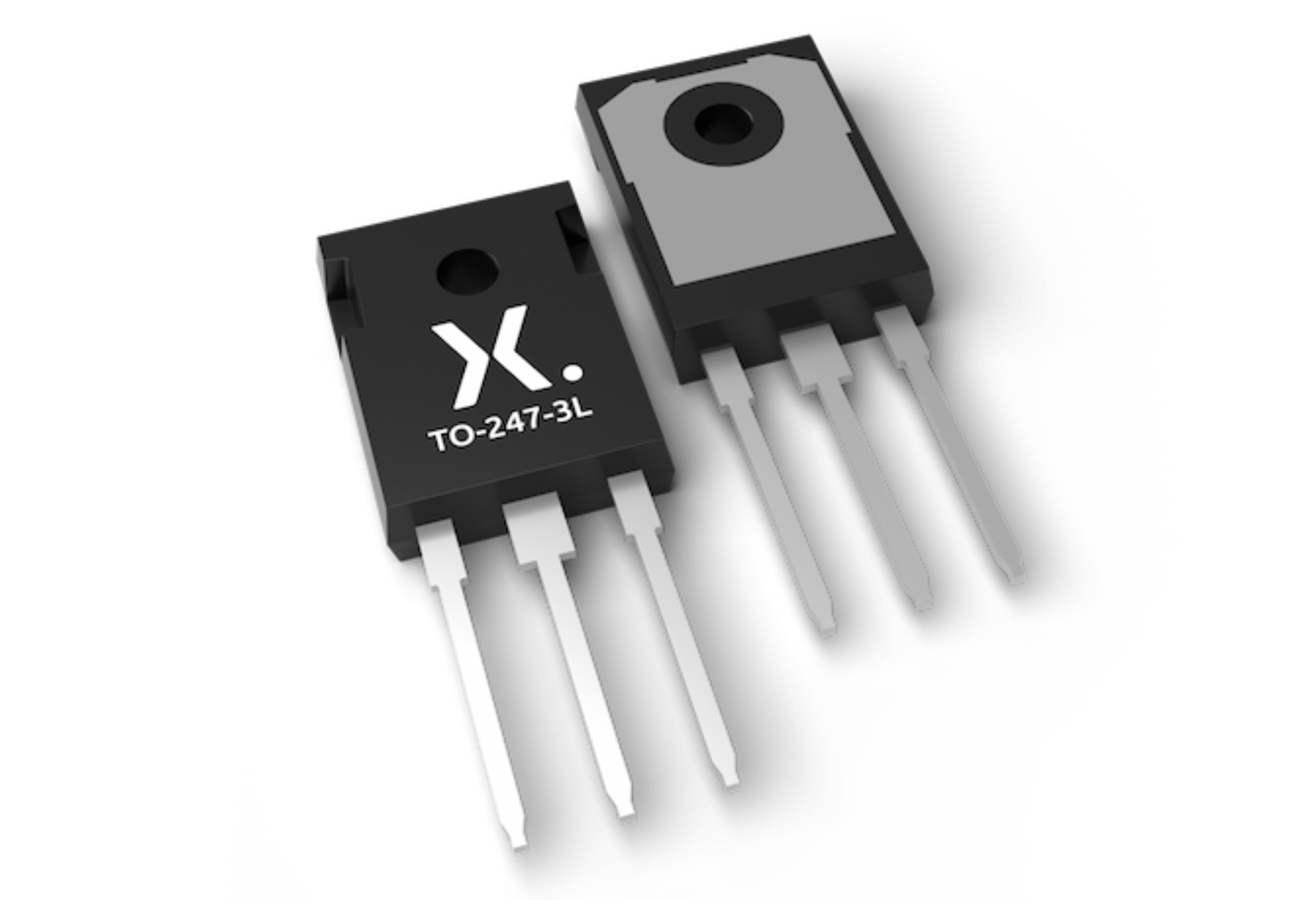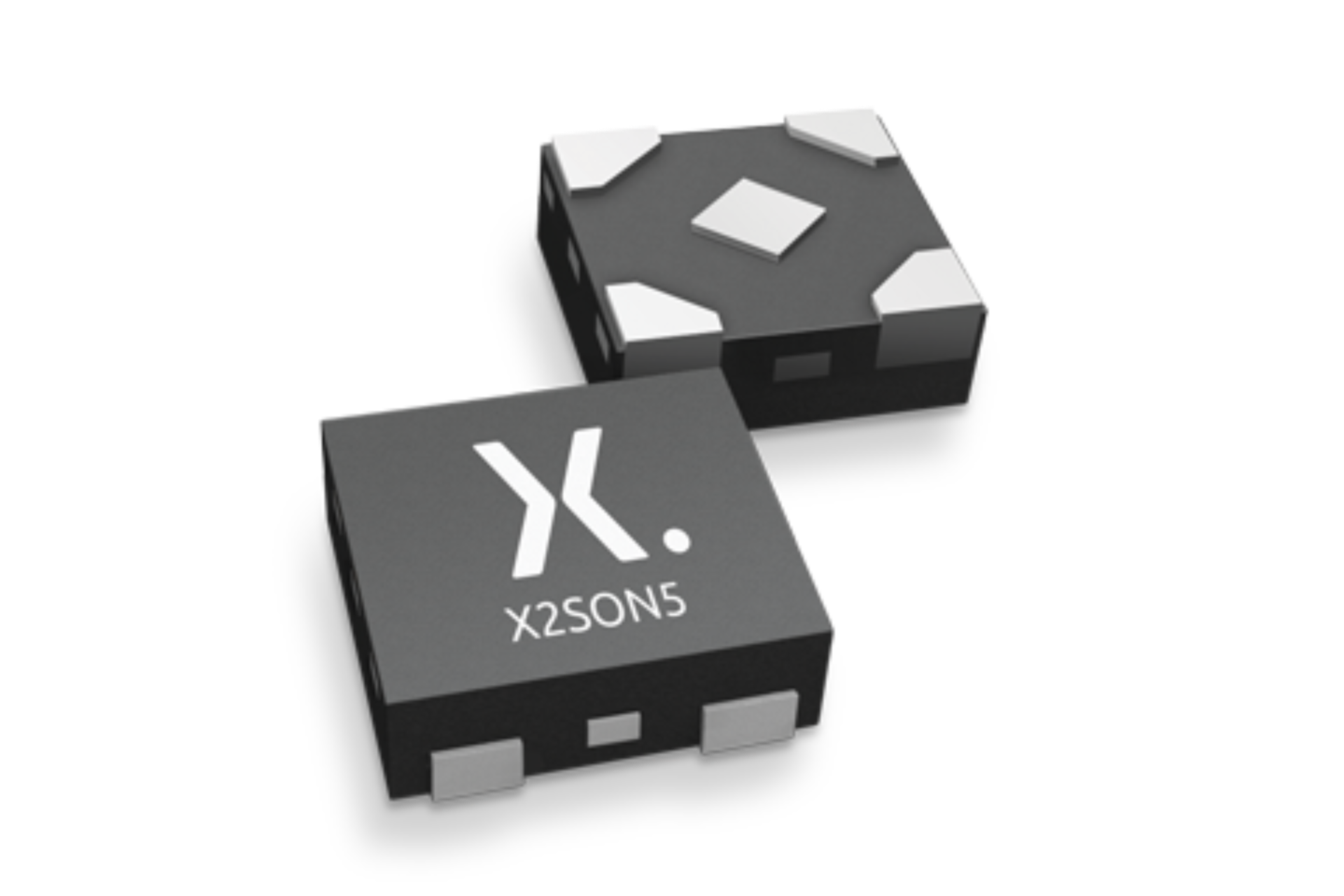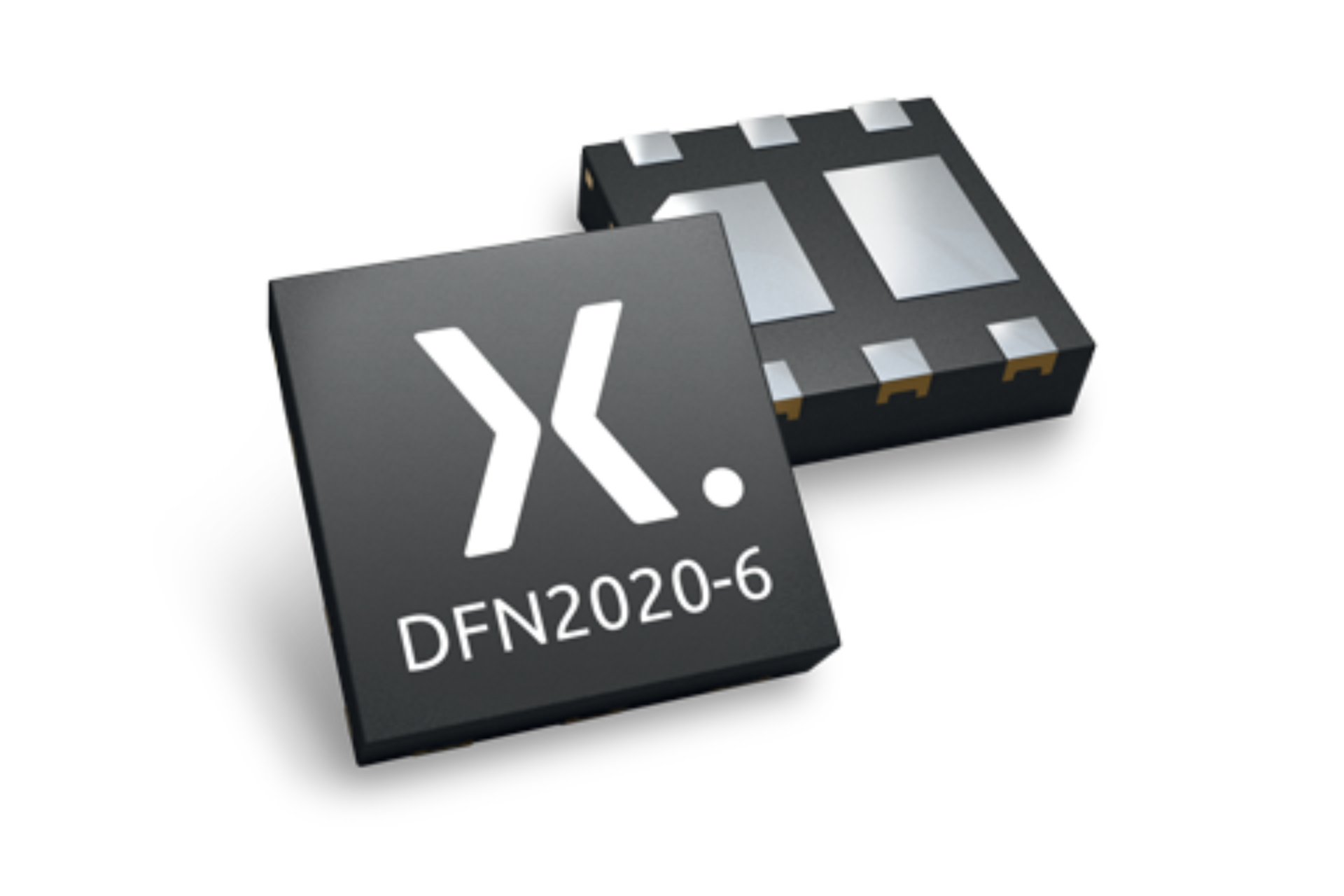
Register once, drag and drop ECAD models into your CAD tool and speed up your design.
Click here for more information74LVC823ABQ-Q100
9-bit D-type flip-flop with 5 V tolerant inputs/outputs; positive edge-trigger; 3-state
The 74LVC823A-Q100 is a 9-bit D-type flip-flop with common clock (pin CP), clock enable (pin CE), master reset (pin MR) and 3-state outputs (pins Qn) for bus-oriented applications. The 9 flip-flops stores the state of their individual D-inputs that meet the set-up and hold times requirements on the LOW to HIGH CP transition, provided pin CE is LOW. When pin CE is HIGH, the flip-flops hold their data. A LOW on pin MR resets all flip-flops. When pin OE is LOW, the contents of the 9 flip-flops are available at the outputs. When pin OE is HIGH, the outputs go to the high-impedance OFF-state. Operation of the OE input does not affect the state of the flip-flops.
Inputs can be driven from either 3.3 V or 5 V devices. When disabled, up to 5.5 V can be applied to the outputs. These features allow the use of these devices as translators in mixed 3.3 V and 5 V applications.
This product has been qualified to the Automotive Electronics Council (AEC) standard Q100 (Grade 1) and is suitable for use in automotive applications.
Features and benefits
Automotive product qualification in accordance with AEC-Q100 (Grade 1)
Specified from -40 °C to +85 °C and from -40 °C to +125 °C
5 V tolerant inputs/outputs for interfacing with 5 V logic
Wide supply voltage range from 1.2 V to 3.6 V
CMOS low power consumption
Direct interface with TTL levels
Flow-through pinout architecture
9-bit positive edge-triggered register
Independent register and 3-state buffer operation
Complies with JEDEC standard:
JESD8-7A (1.65 V to 1.95 V)
JESD8-5A (2.3 V to 2.7 V)
JESD8-C/JESD36 (2.7 V to 3.6 V)
ESD protection:
MIL-STD-883, method 3015 exceeds 2000 V
HBM JESD22-A114F exceeds 2000 V
MM JESD22-A115-A exceeds 200 V (C = 200 pF, R = 0 Ω)
DHVQFN package with Side-Wettable Flanks enabling Automated Optical Inspection (AOI) of solder joints
封装
下表中的所有产品型号均已停产 。
| 型号 | 可订购的器件编号,(订购码(12NC)) | 状态 | 标示 | 封装 | 外形图 | 回流焊/波峰焊 | 包装 |
|---|---|---|---|---|---|---|---|
| 74LVC823ABQ‑Q100 | 74LVC823ABQ‑Q100J (935332776118) |
Obsolete | no package information | ||||
Series
文档 (5)
| 文件名称 | 标题 | 类型 | 日期 |
|---|---|---|---|
| 74LVC823A_Q100 | 9-bit D-type flip-flop with 5 V tolerant inputs/outputs; positive edge-trigger; 3-state | Data sheet | 2020-06-19 |
| AN11009 | Pin FMEA for LVC family | Application note | 2019-01-09 |
| AN263 | Power considerations when using CMOS and BiCMOS logic devices | Application note | 2023-02-07 |
| lvc823a | lvc823a IBIS model | IBIS model | 2013-04-09 |
| lvc | lvc Spice model | SPICE model | 2013-05-07 |
Longevity
The Nexperia Longevity Program is aimed to provide our customers information from time to time about the expected time that our products can be ordered. The NLP is reviewed and updated regularly by our Executive Management Team. View our longevity program here.
How does it work?
The interactive datasheets are based on the Nexperia MOSFET precision electrothermal models. With our interactive datasheets you can simply specify your own conditions interactively. Start by changing the values of the conditions. You can do this by using the sliders in the condition fields. By dragging the sliders you will see how the MOSFET will perform at the new conditions set.
